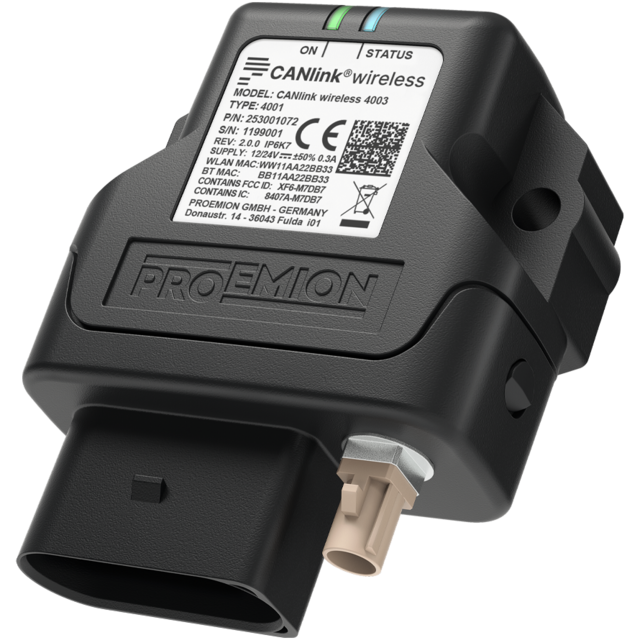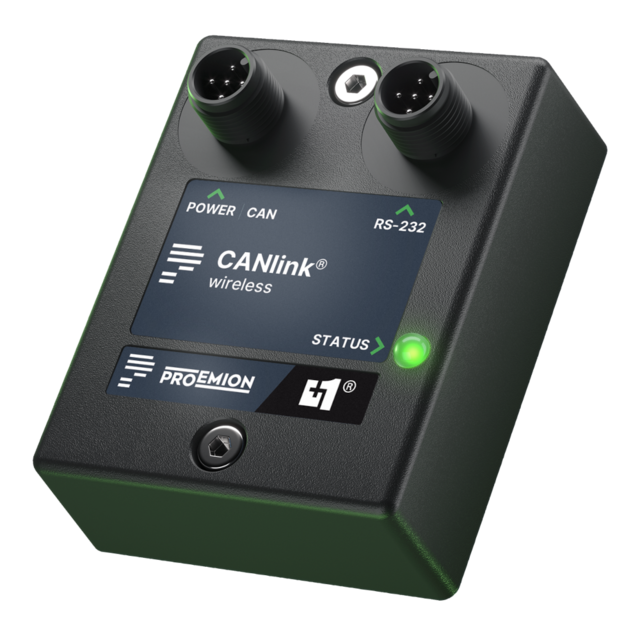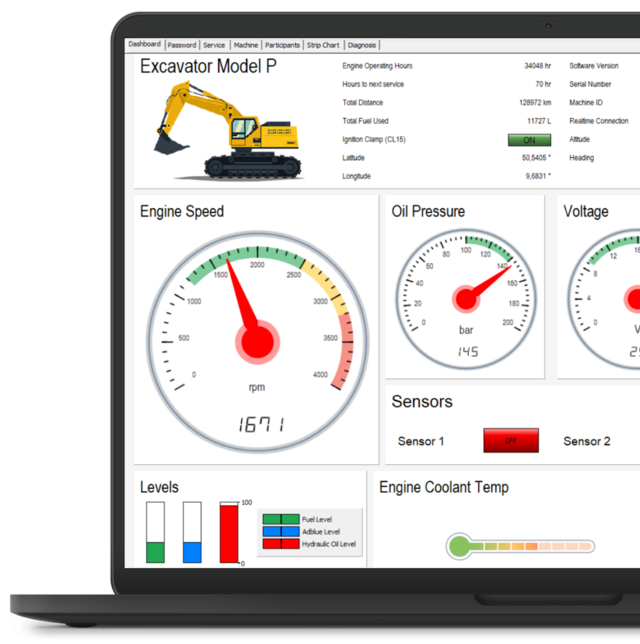Improve on-site productivity of conveyor belts with local connectivity
With local connectivity, you can ensure that all processes run optimally and that the workflow is efficient.
Solution
Machine-to-Machine Connectivity
Result
Reduce unnecessary damage and improve longevity
A conveyor belt needs to work like clockwork
On a worksite, every machine must run smoothly, and processes must be optimally coordinated to work productively and profitably. This is especially true for conveyor belts, often used in industries like agriculture, construction, and energy production, where they transport products or materials from one point of the worksite to another for further processing.
In conveyor belts, every section needs to function without problems to finish the task on time. This is essential so that the following processes can start on time and to ensure that the project stays within the budget and remains profitable.
If an error in one part of the conveyor belt occurs, chaos ensues: the other sections are still performing their tasks, which is no longer helpful since the process is entirely out of order and might even cause damage. To get the conveyor belt to function again, the technician must shut it off, identify the section with the error, and then fix it. All this takes a lot of time and can lead to critical delays in the work schedule.
Local connectivity for machine-to-machine communication within the conveyor belt
With local telematics connectivity, different conveyor belts parts, such as motors, sensors, and control units, can be connected via Bluetooth and/or Wi-Fi. By leveraging this connectivity, the various parts of the conveyor belt can communicate with each other in real-time.
If, for example, one part of the conveyor belt experiences a failure, it can immediately alert the other parts. This automatic process will allow the other parts to act, such as emergency stopping the conveyor belt, thus preventing further damage.
Moreover, since the local telematics connectivity continuously monitors the conveyor belt and collects data on the performance, it can also enable predictive maintenance. The data can be sent to a central control unit to be analyzed to predict when maintenance is required. This measure decreases the chance of unnecessary breakdowns and optimizes the overall performance of the machinery.
Benefits of local telematics connectivity
- Quick action when errors occur
- Increases reliability and performance of conveyor belts
- Increased cost and time efficiency
- Reduce downtime with preventative maintenance


